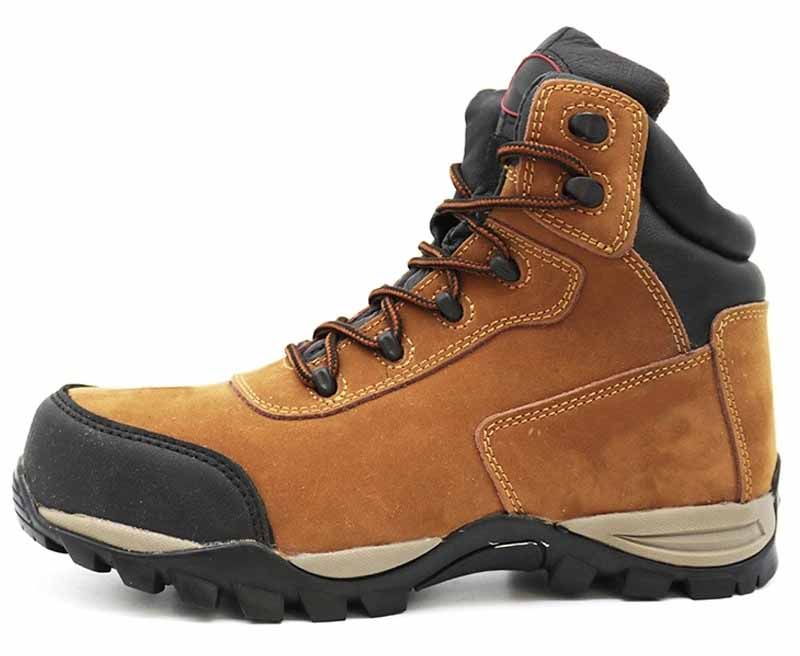What are the limitations of safety boots?
Safety boots are an essential piece of personal protective equipment (PPE) in many industries, including construction, manufacturing, and transportation. They are designed to protect workers from hazards such as falling objects, electrical shock, and sharp objects. While safety boots are effective in preventing many workplace injuries, they are not without their limitations.

Limited protection from chemical hazards
One of the primary limitations of safety boots is their limited protection from chemical hazards. Many safety boots are made from materials such as leather, rubber, or plastic, which are not resistant to chemicals. If workers are exposed to hazardous chemicals, they may require specialized footwear that is designed to resist chemical exposure.
Limited protection from punctures
Another limitation of safety boots is their limited protection from punctures. While safety boots are designed to prevent injuries from sharp objects, they may not be effective against all types of puncture hazards. For example, a sharp object may be able to penetrate the sole of a safety boot if it is thin or worn out. To minimize the risk of puncture injuries, workers should regularly inspect their safety boots and replace them when necessary.
Comparing the BOA Lacing System to Normal Laces
Limited protection from slips and falls
Safety boots are also limited in their ability to prevent slips and falls. While many safety boots have slip-resistant soles, they may not be effective on all surfaces, such as wet or oily floors. Additionally, workers may still slip or trip if they are not wearing their safety boots properly or if the boots are too loose or tight.
Limited comfort and mobility
Another limitation of safety boots is their limited comfort and mobility. Many safety boots are heavy and bulky, which can make it difficult for workers to move around or perform certain tasks. Additionally, some safety boots may not be breathable, which can lead to discomfort and foot odor. To address these limitations, workers should choose safety boots that are lightweight, flexible, and breathable, and that are designed to provide maximum comfort and support.
Limited effectiveness in extreme temperatures
Safety boots may also be limited in their effectiveness in extreme temperatures. In cold temperatures, workers may require specialized boots that are insulated and designed to keep their feet warm. In hot temperatures, workers may require boots that are breathable and designed to prevent heat buildup. Additionally, workers may need to take breaks more frequently to prevent overheating or frostbite.
Safety boots are an important piece of personal protective equipment that can help prevent workplace injuries. However, they are not without their limitations. Workers and employers should be aware of these limitations and take steps to address them, such as providing specialized footwear for chemical exposure or extreme temperatures, regularly inspecting and replacing worn-out boots, and choosing boots that are lightweight, flexible, and breathable. By addressing these limitations, workers can maximize the effectiveness of their safety boots and minimize the risk of workplace injuries.

Comments
0